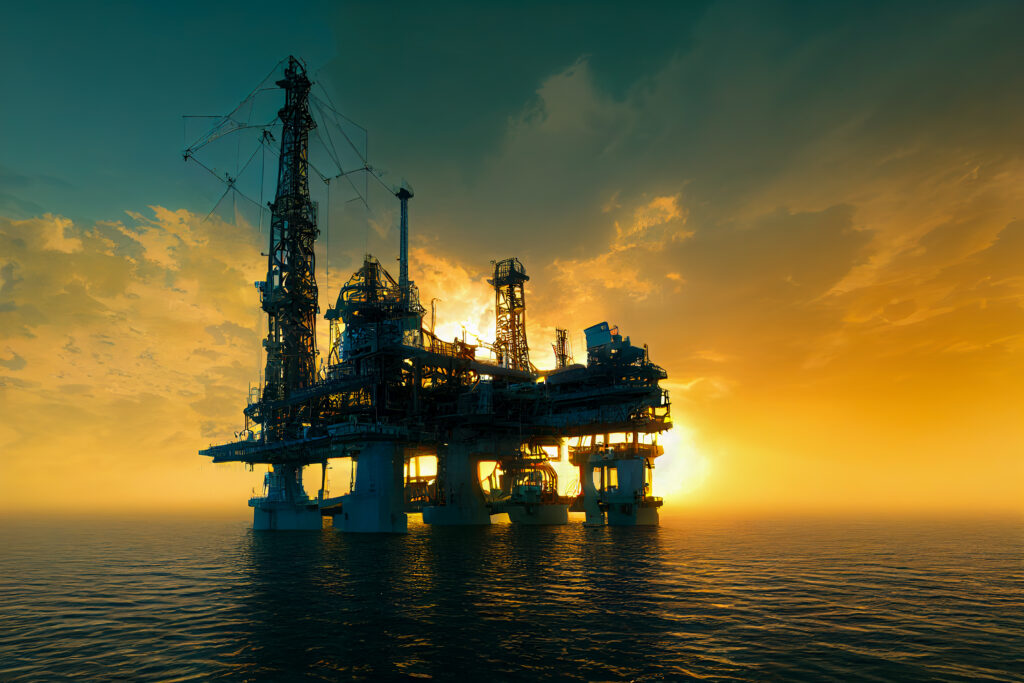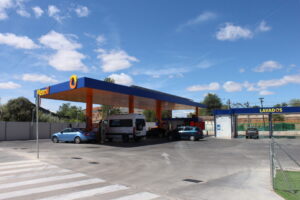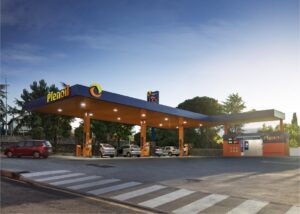The history of fuel dates back more than 200 million years, but this ancient material continues to be essential in our daily lives to ensure the movement of the global automotive fleet. But where does it come from? How is it produced? What variations can be obtained from petroleum? The process of creating petroleum originated from the decomposition of organic matter that became buried under several layers. It is mainly composed of carbon and hydrogen and is known for its black color; however, other tones can also be found. This will depend on the viscosity level. The United States, Saudi Arabia, and Russia, representing 40% of the world’s production, are globally known for extracting oil from both onshore and offshore wells. Once the material is extracted, refineries take a leading role in obtaining gasoline and diesel.
What is the process of creating fuels like?
Once the oil is extracted from the main wells, it is transported to refineries where the material is introduced into a cracking tower, heated to reach 400 degrees through a process called fractional distillation. Then, it goes to the distillation tower, and the petroleum cracking occurs, producing different materials depending on the degrees.
- Butane and propane at 20 degrees.
- Light gasoline (naphtha) at 150 degrees.
- Heavy gasoline at 200 degrees.
- Diesel at 300 degrees.
- Domestic fuel oil at 370 degrees.
- Very heavy oils and asphalt at over 370 degrees.
In the case of gasoline, catalytic reforming is carried out to improve its quality. Finally, it goes through the purification process to remove impurities containing sulfur, as reported in an article from El País. The process of obtaining diesel is different from the cracking tower. At this point, the distillation and purification of petroleum occur. The first step is to obtain the boiling point, vapor condensation, and the separation of residues such as fats or heavy oils. The vapors are heated again to perform a second distillation and produce fuel oil, an element of diesel.
What are the main derivatives of petroleum?
In the distillation tower, different products can be obtained, including gasoline and diesel, the main fuels used to ensure mobility.
Gasoline
This type of fuel can be classified based on octane rating and ethanol content. Octane rating is the measure detailing the detonation resistance of the fuel once inside the cylinder of an engine. In Spain, it is mainly marketed with:
- Gasoline 95 or E5.
- Gasoline 98 or E10.
This last number refers to the percentage of ethanol each type of fuel contains. This element helps reduce greenhouse gas emissions, oxygenates gasoline, and reduces the amounts of MTBE. On the other hand, the ethanol production process involves intensive agriculture, triggering another environmental problem. Also, in 2002, a new regulation was approved prohibiting the use of lead in fuel additives distributed in Spain, due to its high pollution percentage.
Diesel
Diesel, also popularly known as gasoil or diesel, is divided into several categories and unlike gasoline, does not contain ethanol.
- Diesel A.
- Biodiesel:
- Diesel B.
- Diesel C.
Diesel A and biodiesel are used for daily use cars. On the other hand, diesel B is intended for agricultural machinery, and diesel C is mainly used for heating boilers.



